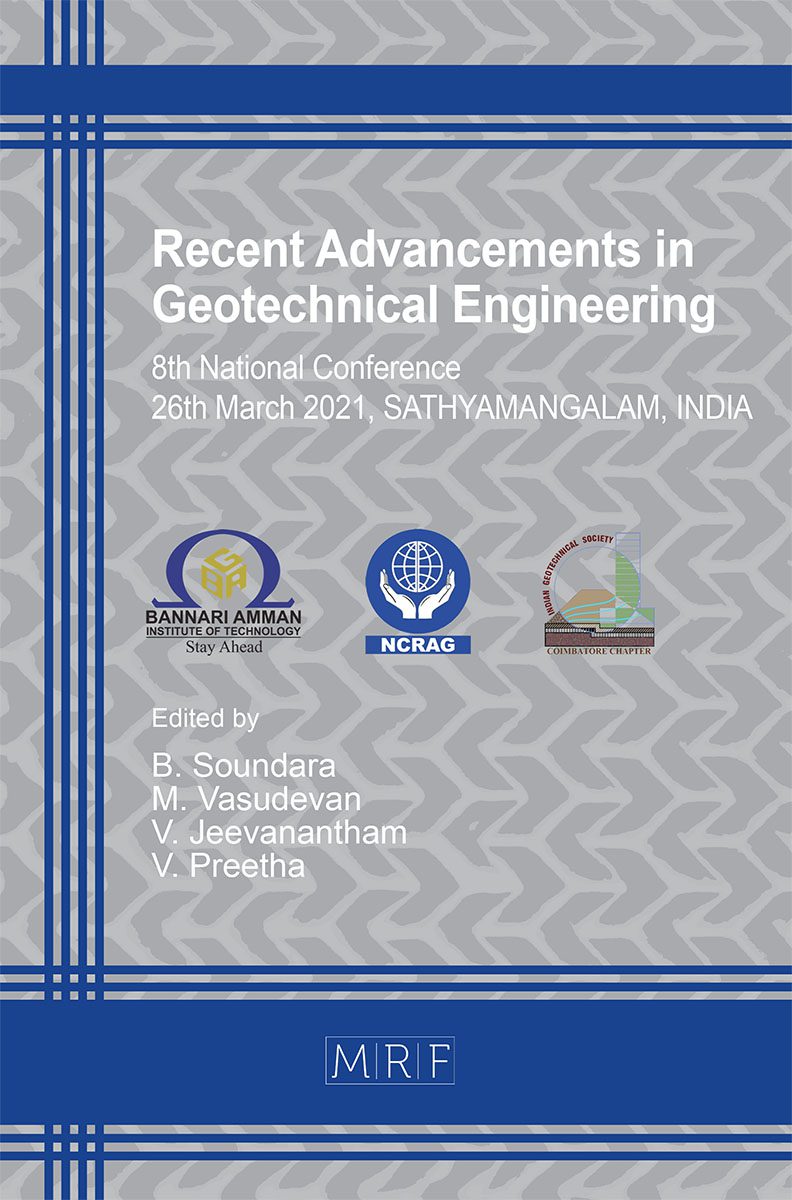Experimental Study on the Behavior of Tension Member Under Rupture
M. Rajendran, V. Gnanasundar, C. Aravindhan
download PDFAbstract. A steel structure is naturally lighter than a comparable concrete construction because of the higher strength and firmness of steel. Nowadays, the growth of steel structures in India is enormous. There are so many advantages in adopting the steel as structural members. Almost all high-rise buildings, warehouses & go-downs are steel structures and even some of the commercial buildings are made of steel. Tension members are the elements that are subjected to direct axial load which tends in the elongation of the structural members. Even today bolted connections play a major role in the connection of hot rolled structural steel members. In this experimental study the behavior of tension members (TM) such as plates, angles & channels have been studied under axial tensile force. There is strong relation between pitch and gauge (with in the specified limit as per IS 800:2007) in determining the rupture failure plane. In this study we intensively tested the behaviour of TM for different fasteners pattern by changing the pitch, gauge, end & edge distance and by adopting the different patterns or arrangements of bolted connection in it.
Keywords
Tension Member, Hot-Rolled Steel Sections, Rupture Strength, Lap Joint, Bolted Connections, Pitch, Gauge, End and Edge Distance
Published online 8/15/2021, 7 pages
Copyright © 2021 by the author(s)
Published under license by Materials Research Forum LLC., Millersville PA, USA
Citation: M. Rajendran, V. Gnanasundar, C. Aravindhan, Experimental Study on the Behavior of Tension Member Under Rupture, Materials Research Proceedings, Vol. 19, pp 208-214, 2021
DOI: https://doi.org/10.21741/9781644901618-26
The article was published as article 26 of the book Recent Advancements in Geotechnical Engineering
![]() Content from this work may be used under the terms of the Creative Commons Attribution 3.0 licence. Any further distribution of this work must maintain attribution to the author(s) and the title of the work, journal citation and DOI.
Content from this work may be used under the terms of the Creative Commons Attribution 3.0 licence. Any further distribution of this work must maintain attribution to the author(s) and the title of the work, journal citation and DOI.
References
[1] Huajie Wen, Hussam Mahmoud, Simulation of block shear fracture in bolted connections, Journal of Constructional Steel Research, 2017, Volume 134, pg 1-17. https://doi.org/10.1016/j.jcsr.2017.03.006
[2] IS 800-2007 Indian Standard GENERAL CONSTRUCTION IN STEEL – CODE OF PRACTICE (Third Revision).
[3] Matthew D. Elliott, Lip H. The, Aziz Ahmed, Behavior and strength of bolted connections failing in shear, Journal of Constructional Steel Research, Volume 153, February 2019, pg 320-329. https://doi.org/10.1016/j.jcsr.2018.10.029
[4] Bo Yang, Kang Hai Tan, Experimental tests of different types of bolted steel beam–column joints under a central-column-removal scenario, Engineering Structures 54 (2013), pg 112-130. https://doi.org/10.1016/j.engstruct.2013.03.037
[5] Lip H. The, Mehmet E. Uz, Effect of loading direction on the bearing capacity of cold-reduced steel sheets, Journal of Structural Engineering, Volume 140, Issue 12, December 2014. https://doi.org/10.1061/(ASCE)ST.1943-541X.0001107
[6] AS/NZS 4600:1996, Dec 2005, cold-formed steel structures.
[7] Jagdish R. Dhanuskar, Laxmikant M. Gupta, Experimental Investigation of Block Shear Failure in a Single Angle Tension Member, International Journal of Steel Structures, 2020, pp 847-859
[8] S. Willibald, J. A. Packer, R. S. Puthli, Experimental study of bolted HSS flange-plate connections in axial tension, J. Struct. Eng., 2020, Volume 128, pp 328-336. https://doi.org/10.1061/(ASCE)0733-9445(2002)128:3(328)
[9] N. Gattesco, I. Toffolo, Experimental study on multiple-bolt steel-to-timber tension joints, Materials and structures, 2004,Volume 37, pp 129-138. https://doi.org/10.1617/13724































